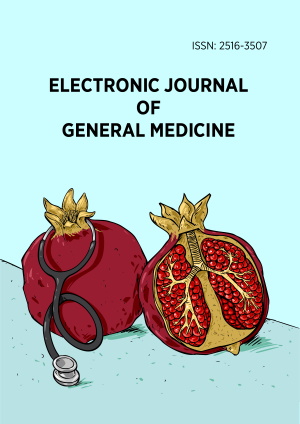Abstract
Introduction: Skin cancer registers worldwide high morbidity and mortality rates, with costly medical services, its major histopathology subtypes being basal and squamous cell carcinoma, melanoma.
Materials and method: This 5-year retrospective study included 84 patients admitted to the “Sfântul Apostol Andrei” Emergency Clinical Hospital of Galați in the oncology and radiotherapy clinic during January 2018-October 2022.
Results: Skin malignancies represented 3.56% of the oncological cases admitted from January 2018 to October 2022. The most prevalent etiological factors were sun exposure and light-colored skin (84.52%). Most cases registered discomfort due to local and persistent itching (59.52%). Histopathologically, most cases were squamous cell carcinomas (51.19%). The most frequent treatment methods were surgical intervention (100%), radiotherapy (100%), chemotherapy (7.14%), immunotherapy (7.14%), with a 5-year survival rate of 95.23%.
Conclusions: The available screening programs help with skin cancer early diagnosis, leading to favorable outcomes and reducing complication risks.
License
This is an open access article distributed under the Creative Commons Attribution License which permits unrestricted use, distribution, and reproduction in any medium, provided the original work is properly cited.
Article Type: Original Article
ELECTRON J GEN MED, Volume 22, Issue 2, April 2025, Article No: em634
https://doi.org/10.29333/ejgm/15994
Publication date: 01 Mar 2025
Online publication date: 18 Feb 2025
Article Views: 410
Article Downloads: 362
Open Access References How to cite this article
 Full Text (PDF)
Full Text (PDF)